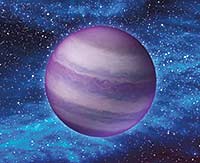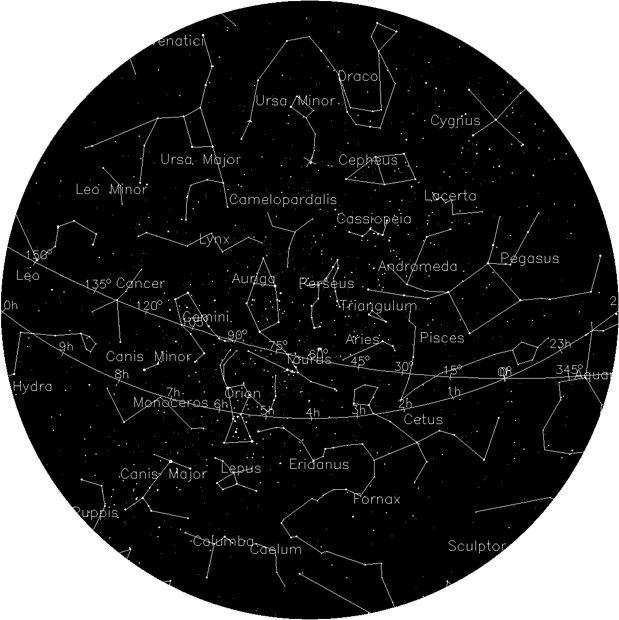DARK SKY HAPPENINGS - January 2020
Become A Citizen Scientist
by Crystal White
Sunrise-Sunset
for January (The time of sunrise and sunset assumes a flat horizon. Actual time may vary depending upon the landscape.)
|
DATE |
SUNRISE |
SUNSET |
Wed, Jan 1 |
7:35 am |
5:08 pm |
Thu, Jan 2 |
7:35 am |
5:09 pm |
Fri, Jan 3 |
7:36 am |
5:10 pm |
Sat, Jan 4 |
7:36 am |
5:10 pm |
Sun, Jan 5 |
7:36 am |
5:11 pm |
Mon, Jan 6 |
7:36 am |
5:12 pm |
Tue, Jan 7 |
7:35 am |
5:13 pm |
Wed, Jan 8 |
7:35 am |
5:14 pm |
Thu, Jan 9 |
7:35 am |
5:15 pm |
Fri, Jan 10 |
7:35 am |
5:16 pm |
Sat, Jan 11 |
7:35 am |
5:17 pm |
Sun, Jan 12 |
7:34 am |
5:18 pm |
Mon, Jan 13 |
7:34 am |
5:19 pm |
Tue, Jan 14 |
7:34 am |
5:20 pm |
Wed, Jan 15 |
7:33 am |
5:21 pm |
Thu, Jan 16 |
7:33 am |
5:22 pm |
Fri, Jan 17 |
7:33 am |
5:23 pm |
Sat, Jan 18 |
7:32 am |
5:25 pm |
Sun, Jan 19 |
7:32 am |
5:26 pm |
Mon, Jan 20 |
7:31 am |
5:27 pm |
Tue, Jan 21 |
7:31 am |
5:28 pm |
Wed, Jan 22 |
7:30 am |
5:29 pm |
Thu, Jan 23 |
7:29 am |
5:30 pm |
Fri, Jan 24 |
7:29 am |
5:31 pm |
Sat, Jan 25 |
7:28 am |
5:32 pm |
Sun, Jan 26 |
7:27 am |
5:34 pm |
Mon, Jan 27 |
7:27 am |
5:35 pm |
Tue, Jan 28 |
7:26 am |
5:36 pm |
Wed, Jan 29 |
7:25 am |
5:37 pm |
Thu, Jan 30 |
7:24 am |
5:38 pm |
Fri, Jan 31 |
7:23 am |
5:39 pm |
|
With 120 years of citizen science assistance, the National Audubon Society’s Christmas Bird Count is the oldest citizen science event in US history. This event began to try to end hunting birds for mantelpieces, which was a common practice of the day and shift into an activity that was more about appreciating living birds.
 What does this have to do with dark sky conservation? The leading cause of bird deaths in the US hundreds of millions of birds each year in collisions with anthropogenic structures (communication tower, wind turbines, buildings, power lines, etc). Many of these deaths happen at night during migration when birds are drawn into cities by artificial light glowing on the horizon. The city light bleaches the pigment in their eyes, causing temporary impairment leading to collisions with buildings and windows. What does this have to do with dark sky conservation? The leading cause of bird deaths in the US hundreds of millions of birds each year in collisions with anthropogenic structures (communication tower, wind turbines, buildings, power lines, etc). Many of these deaths happen at night during migration when birds are drawn into cities by artificial light glowing on the horizon. The city light bleaches the pigment in their eyes, causing temporary impairment leading to collisions with buildings and windows.
Are there any citizen science events to help with dark sky conservation and reducing the impacts of artificial light at night? Yes, there are many.
In Salt Lake City, there is the Fatal Light Awareness Project called the Salt Lake Avian Collision Survey in which city residents assist Tracey Aviary staff and International Dark-Sky Association members with monitoring bird mortality in SLC during the migration window. To join in the SLACS, contact Cooper Farr at cooperf@tracyaviary.org.
Globe at Night is an international citizen-science campaign to raise public awareness of the impact of light pollution by inviting citizen-scientists to measure and submit their night sky brightness observations. You can join this effort by visiting globeatnight.org to sign up. You will need a smartphone and download the Loss of Night app for this project.
There are many more citizen science projects that rely on a truly dark night sky for participants to assist scientists in their research. Listed below are many of these projects.
• Planet Hunters app for smartphones to help search for planets around other stars.
• Zooniverse app for smartphones has many projects for amateur astronomers to assist astronomers from around the globe.
• Meteor Counter app for smartphones helps to assist in counting meteors during known meteor showers.
• Star-spotting | SPOTTERON app assists researches are monitoring the spread of light pollution by monitoring how many stars can be seen from your sighting location.
Moon Happenings
Jan 2 - First Quarter at 9:45 pm
Jan 10 - Full Moon at 12:21 pm

|
 What does this have to do with dark sky conservation? The leading cause of bird deaths in the US hundreds of millions of birds each year in collisions with anthropogenic structures (communication tower, wind turbines, buildings, power lines, etc). Many of these deaths happen at night during migration when birds are drawn into cities by artificial light glowing on the horizon. The city light bleaches the pigment in their eyes, causing temporary impairment leading to collisions with buildings and windows.
What does this have to do with dark sky conservation? The leading cause of bird deaths in the US hundreds of millions of birds each year in collisions with anthropogenic structures (communication tower, wind turbines, buildings, power lines, etc). Many of these deaths happen at night during migration when birds are drawn into cities by artificial light glowing on the horizon. The city light bleaches the pigment in their eyes, causing temporary impairment leading to collisions with buildings and windows. 